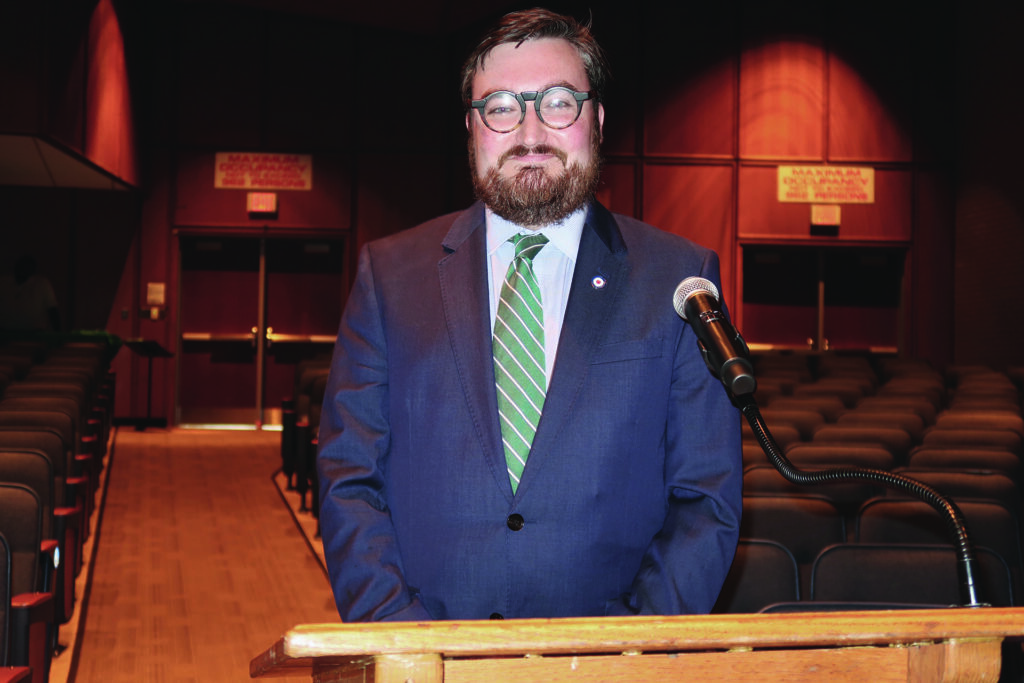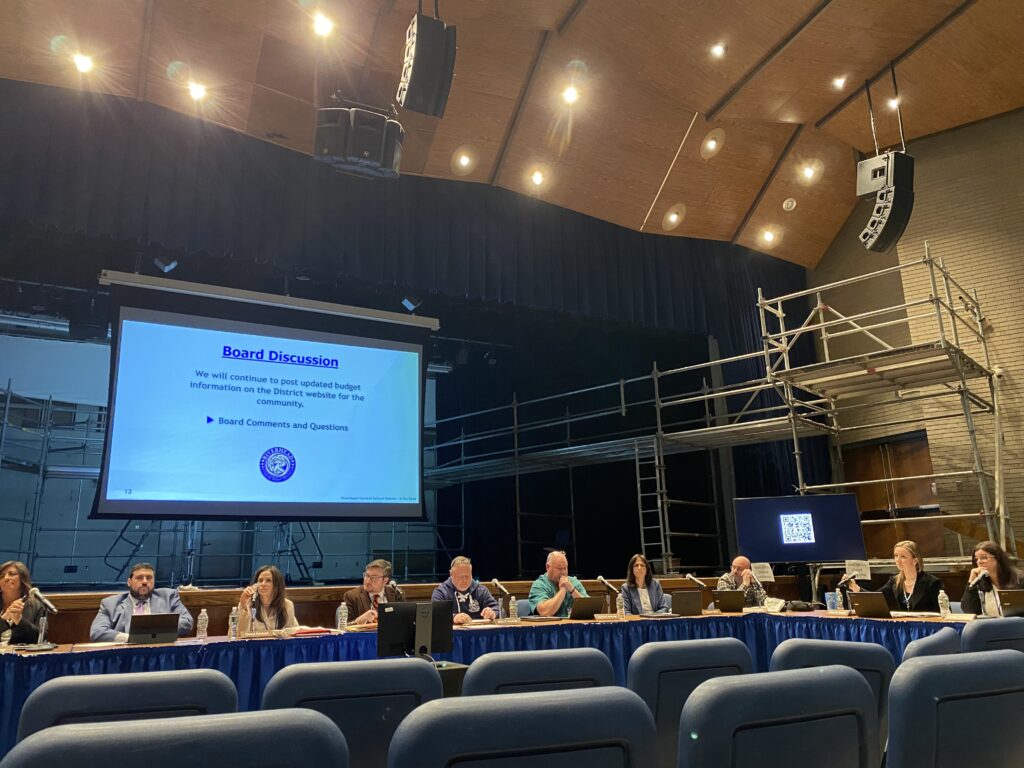Column: It’s time to bring cases of sexual assault out of the shadows

For far too long, cases of sexual abuse, assault and harassment have been kept hidden in the shadows.
The stigma facing victims often made it too difficult to speak up, especially when the person accused is someone in power.
The tide slowly began to turn when the Catholic Church sex abuse scandal reached the forefront of society. And beginning around 2017, the Me Too movement grew stronger following allegations of sexual abuse against Hollywood producer Harvey Weinstein.
Yet there are reminders of how far we still have to go. Consider some of the responses on social media in the wake of last week’s story on the alleged inappropriate relationship between Riverhead High School principal Charles Regan and an 18-year-old student.
“She was allowing him to do it. She was playing along and sexting him back.”
“I believe it’s all a lie on her part.”
“She is no victim read the texts!”
Let’s be clear: Any sexual relationship between a teacher/administrator/coach and a student is inappropriate and should result in serious consequences. It doesn’t matter if the student is 18. It doesn’t matter if the student enjoyed it or pursued it. It doesn’t matter.
The burden is on the adult — the person in power — to understand how detrimental and irresponsible pursuing such a relationship is and the effects it could have. The person in power must set a healthy boundary and understand proper mental health support.
“The key problem is no matter what attitude the child has, it’s an enormous violation of [the teacher’s or administrator’s] professional and ethical responsibilities,” said David Finkelhor, the director of Crimes Against Children Research Center at the University of New Hampshire. “It’s very clear, it’s well known, it’s established, that staff and employees are under no circumstances to have a sexual relationship of any sort with students.”
Parents should have confidence they can send their children, even at 18, to school without a school employee trying to seduce them.
Mr. Finkelhor has spent about two decades researching child sexual abuse, child victimization and family violence. He said teacher-student relationships represent a significant portion of cases he’s studied.
He said there’s been increasing consensus on how districts should handle such cases. In the past, districts would often allow the accused to resign, leaving the door open for them to obtain a job elsewhere. The idea, he said, was that districts did not want to tarnish their reputation and even thought keeping it quiet would protect the student.
“I think it’s increasingly recognized that we need to bring these out into the open,” he said. “We don’t want these offenders to go somewhere else and do it. We don’t want anyone to think that they can get away with it.”
It’s worth considering now whether Mr. Regan was quietly allowed to leave his past position in the Eastport-South Manor School District. Attorney John Ray, who is representing the victim, Anastasia Stapon, claimed he has spoken to other victims from Eastport-South Manor. He couldn’t provide specifics yet, so it’s unclear the extent of any other allegations, if true.
The type of victims who get swept up in these cases can vary widely, Mr. Finkelhor said. Female teachers engage in inappropriate relationships with boys. Some victims may have special needs, others are popular students.
“It spans the spectrum,” he said.
In some cases, the relationship from a victim’s perspective can feel coerced or it can be exciting, as if they’re being treated very special or as a romantic interest.
“High school students are among the most vulnerable,” Mr. Finkelhor said. “But it’s not exclusive to high school. It does happen to some degree to middle school and even elementary school.”
Mr. Finkelhor co-authored research centered on statutory sex crime relationships between juveniles and adults. He cites numerous studies that delve into the topic.
One argument noted is the negative impact of such a relationship “may be a delayed reaction.”
“That is, youthful participants may later come to understand the inherent power differential in the relationship, the subtle manipulation they were subjected to,” the research paper said.
Mr. Finkelhor, however, added in an interview that predicting long-term consequences can be difficult and vary case to case.
One thing he believes schools can do is provide better training on the issue.
“They need to know what the danger signals are for them, the danger signals for observing a colleague. They need to understand ways of getting help for themselves,” he said. “They need to have the norms strongly clarified.”
Some may scoff at the victim in this case filing a lawsuit against the district, seeing it as a money grab. But it’s important to note that a lawsuit is one of the few ways to bring accusations into public view, to demand change and for a district to accept responsibility.
Mr. Finkelhor said lawsuits have become more common and it’s become easier to recoup damages against a school district.
If the district and Ms. Stapon reach a settlement at some point, it’ll likely be less than the $10 million specified in the notice of claim. However it ends, it’s worth remembering who the victim is.

The author is editor of the Riverhead News-Review and The Suffolk Times. To reach him: 631-354-8049 or [email protected].








